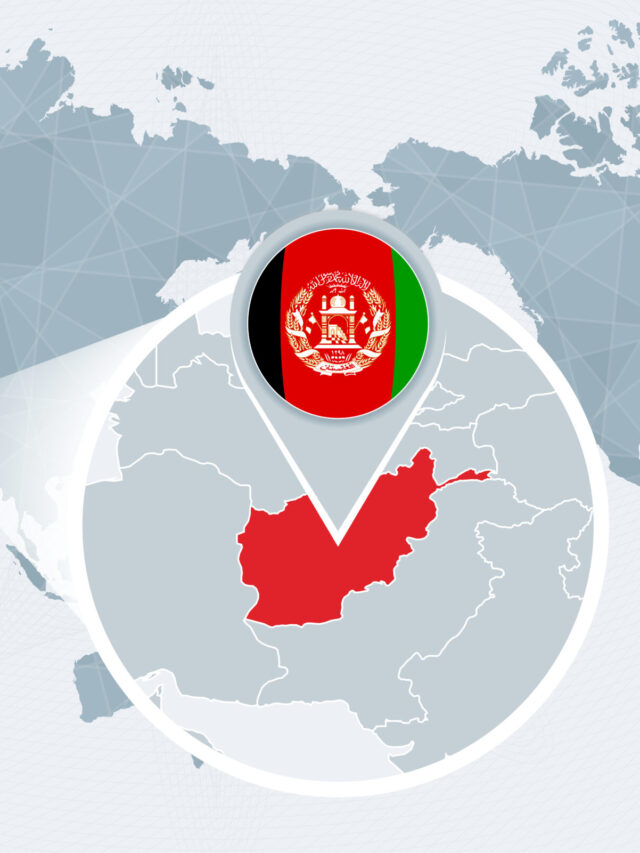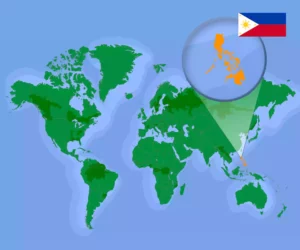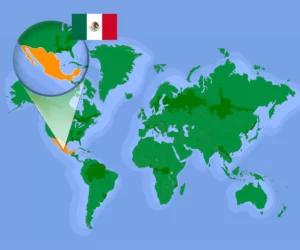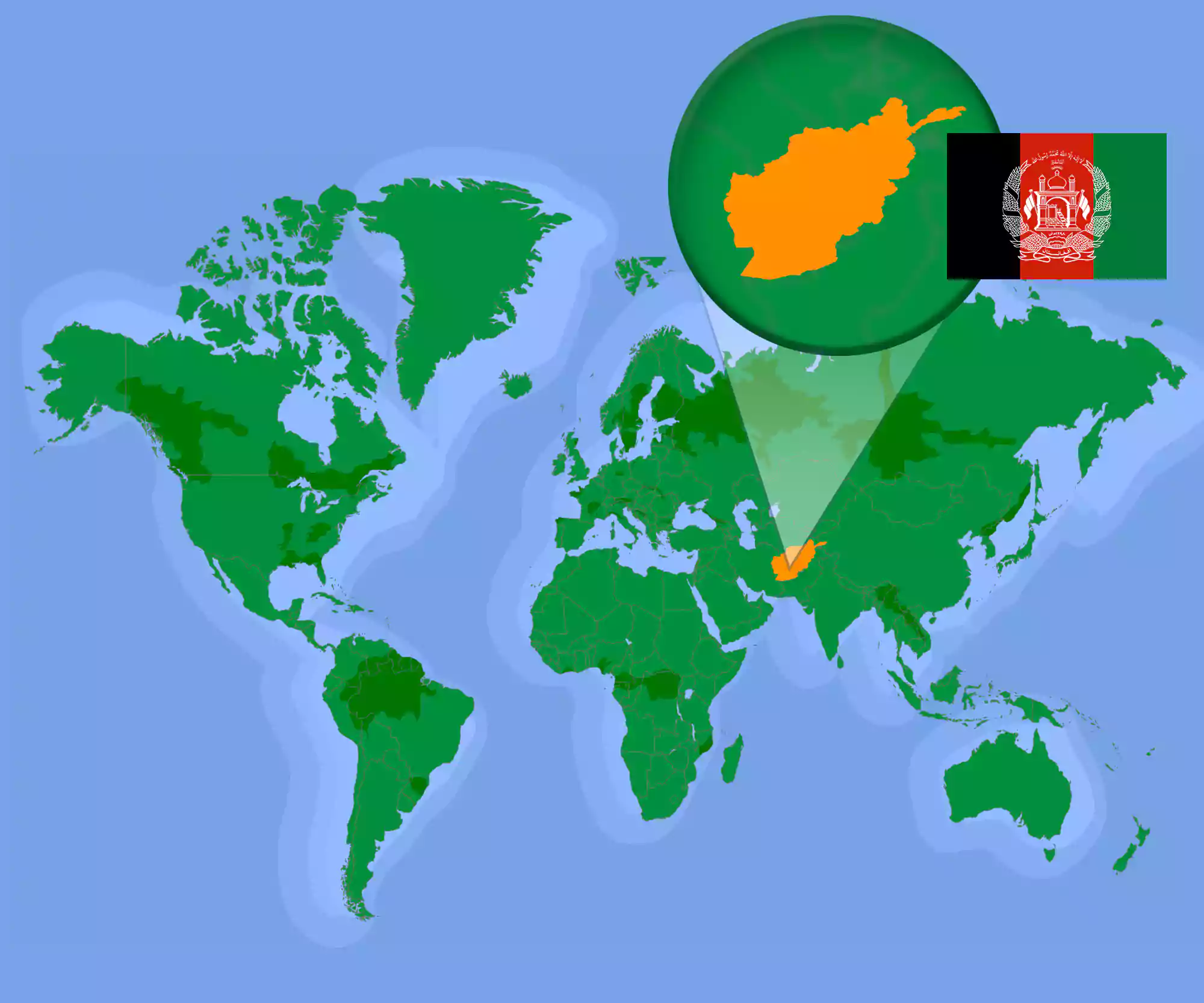
It seems like whenever Afghanistan makes the global news, it is for some disaster. The most recent cause—earthquakes. Near its border with Pakistan, the country’s Paktika province experienced a quake of 5.9 magnitude in June this year. Its location over fault lines makes the country prone to such disasters. And its frequent conflicts have left its treasury inadequate to afford extensive relief measures. However, Afghanistan has some fascinating historical and cultural aspects that one should not forget amidst wave after wave of tragedy.
A forgotten piece of Afghan land
Contrary to what many may think, Afghanistan is not merely a dry and desolate place. Many mountains here have snow, lakes, and valleys in addition to the dry areas. Cultivation is not always easy, but Afghanistan is famous for producing pomegranates, almonds, and poppy—it is the world’s largest producer of opium.
There is one part of the territory that particularly caught my attention. If you look at a map of the country, a thin stretch of land in the northeast reaches out into the Hindu Kush mountains. The story of how and why this land belongs to Afghanistan goes back to the 1800s.
Britain and Russia were the two giant empires trying to control much of Asia at the time. The British had control of the southern Asian lands while the Russians had most of Central Asia. Officially, the British controlled Afghanistan. However, they never occupied it because they wanted it to act as a buffer between the two empires. Both empires drew lines, marking out where their empires ended, and this little portion of land (now known as the Wakhan Corridor) was part of neither.
Today, the Wakhan Corridor has greater geo-political significance for this landlocked country because there is a 20-mile border with China at its very end.
Afghanistan’s sport of choice
While Afghanistan has built a reasonably impressive cricket team over the last few years, their national sport is Buzkashi. It is played in many Central Asian countries and dates back to the Mongols. Players ride on horseback while attempting to grab a goat carcass and drop it inside a designated circle. Read that again if you have to! They even want Buzkashi to become an Olympic sport.
Religion and culture
It is no secret that the predominant religion of the people of Afghanistan is Islam. However, over the years, this nation has been invaded and conquered by many armies, giving it a diverse history.
Afghanistan’s optimal location on the Silk Road made it a hub of great cultural activity over centuries. Every great army wanted to conquer it to prove their worth. Each army that did so left some mark behind. Various Greek, Persian, and Indian troops brought Zoroastrianism, Buddhism, and Hinduism with them. Through Alexander the Great, the Greeks laid the foundation for many cities, including Kandahar.
The Arabs arrived in 842 AD and brought Islam with them. While neither their military prowess nor their language caught on, their religion spread quickly throughout Afghanistan.
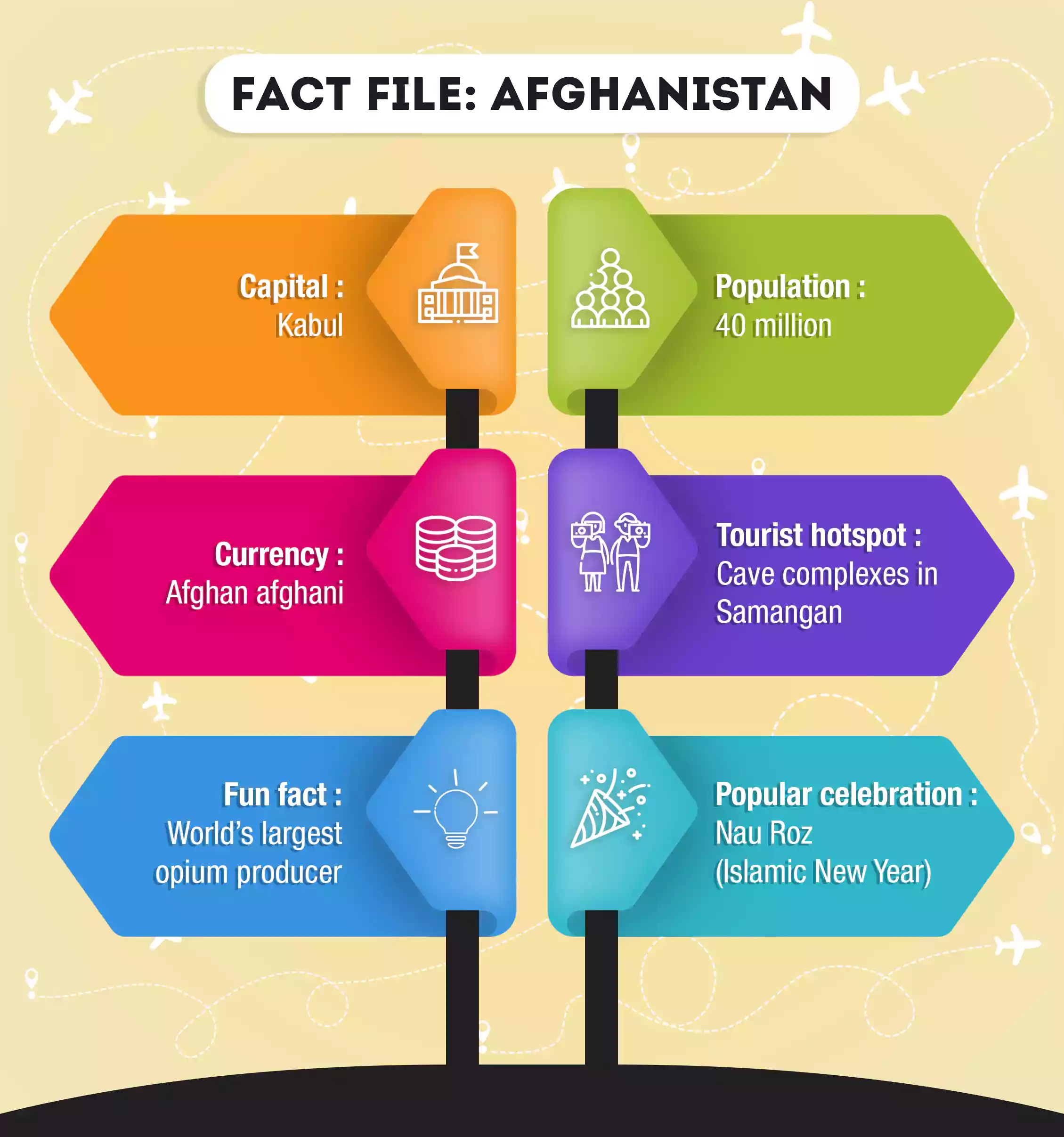
Where empires go to die
The country has also developed a reputation of being the “graveyard of empires”. While many empires have conquered Afghanistan, few have been able to do anything with it. The geography is simply not conducive to a centralised government:
- It is landlocked. This geographic situation implies that an empire must already be in control of one of Afghanistan’s neighbouring countries to gain control of it.
- The Hindu Kush mountains act as a wall, making it extremely challenging to transport goods and troops around the country.
- Guerrilla warfare is an easy tactic due to the hills and the caves. Guns surround the roads in the valleys and the caves around them.
The tribes and other people groups of Afghanistan tend to greatly value their right to self-determination and fight intensely against foreign rule. Developing roads and infrastructure is also a challenge. When the U.S. troops invaded Afghanistan in 2001, only 50 km of paved roads existed. To put that in perspective, France is a country of similar size, and it has 1.1 million km of paved roads.
As a result, armies that have invaded and conquered the land have found it ridiculously difficult to hold. The number of empires that have collapsed shortly after relinquishing their control of Afghanistan is, therefore, uncanny.
Landmarks and an ethnicity threatened
Now, I could choose to write about how Arnold Schwarzenegger is incredibly famous in Afghanistan because of his muscles. And the fact that some people think he looks like an Afghan. But I would be remiss if I did not talk about a slightly more difficult part of Afghanistan’s history.
Bamiyan is a place in central Afghanistan that once housed a whole host of caves and artwork on the sides of mountains. Various people created it over the years. The world’s oldest oil paintings, made around 1600 years ago, were found there. Yet, the two giant Buddha sculptures were the most stunning attraction of all. The smaller one was 36m high, and the larger one was 55m. Historians say that they might have taken up to three generations to build. The Taliban knocked them down in 2001 and are now seeking to build a bazaar near it to welcome tourists.
The Hazaras
The Hazaras are a people group that has historically been targeted and persecuted in Afghanistan by many rulers. In most parts of the country, they are treated very poorly and subjected to inhumane behaviour.
In a travel video, YouTuber Drew Binsky speaks to a person who recalls hearing a Taliban governor shouting into a microphone, “Uzbeks should go to Uzbekistan, Tajiks should go to Tajikistan, Hazaras should go to the cemetery.” This chilling sentiment is not an isolated incident; it is something the Hazara people have been subjected to throughout the centuries.
However, Bamiyan has been their safe haven to a certain extent. Even the Buddha statues have a different meaning in their folklore.
Salsal and Shamama
In Hazara folklore, the two Buddha statues are a pair of lovers, Salsal and Shamama. They could not be together in life and remain petrified in stone and separated in death as they look out over the Bamiyan valley watching over the Hazara people. The statues were a symbol of their identity and pride.
When the Taliban destroyed the statues, they did so in front of a shocked Hazara people, using guns and explosives. They even forced Hazara people to plant explosives that would destroy a symbol of their culture and identity. Thus, they further stamped their authority over the Hazaras.
Poetry nights in Afghanistan
There is so much to marvel at in the story of the various Afghan people. Despite all the hardship and hurt they have endured throughout history, they can make room for the love of gentler things such as poetry. In the city of Herat, Thursday nights are often dedicated to poetry as people come together in little groups to read, listen to, and revel in poetry.
For Afghan people in search of peace, for the land of Rumi, and for each of us who are willing to listen to other people’s stories, I can think of no better way to conclude than with the words of the great poet himself.
Out beyond ideas of wrongdoing and rightdoing, there is a field. I’ll meet you there. When the soul lies down in that grass, the world is too full to talk about. Ideas, language, even the phrase ‘each other’ doesn’t make any sense. - Rumi
